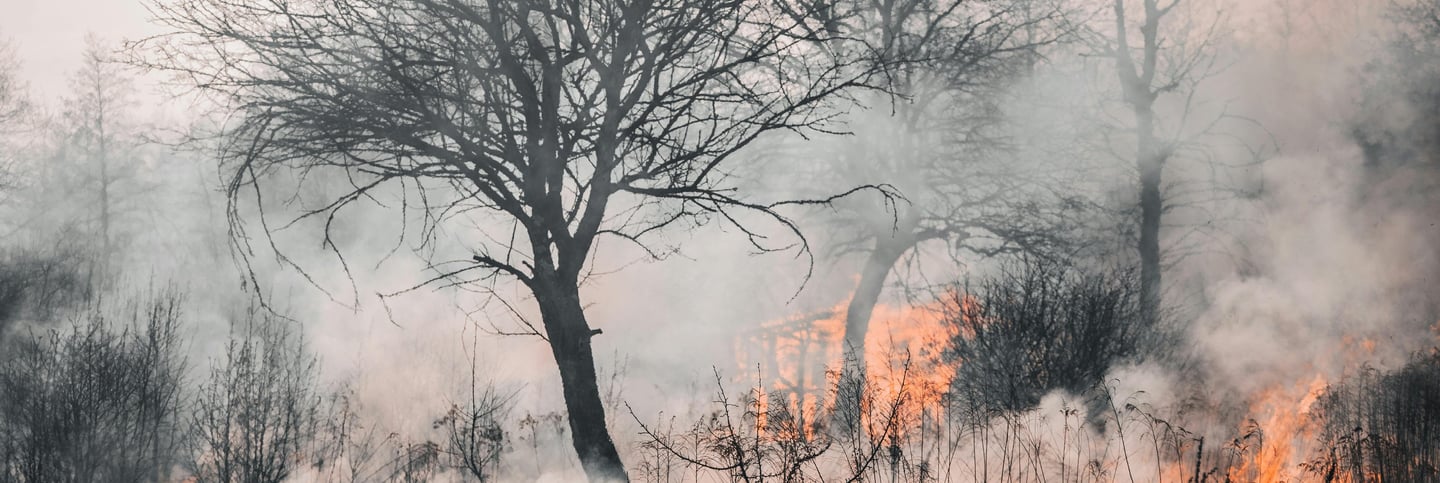The Dangers of Evacuating During a Wildfire: Why Leaving Can Fuel Further Fires
A brief explanation of why it’s better to stay and defend adequately prepared property, rather than evacuate.
10/28/20251 min read


Introduction
Wildfires pose a significant threat to lives and property, leading to mass evacuations in many regions. While the intent behind evacuating during a wildfire is to protect lives, often this action can inadvertently contribute to the risk of additional fires igniting near homes. Understanding the dynamics involved can help individuals and communities prepare for such emergencies more effectively.
The Chain Reaction of Evacuations
When residents evacuate during a wildfire, they inadvertently leave behind flammable materials that can contribute to the spread of fire. Overlooked items in yards, such as garden waste, debris, and even wooden structures can easily catch fire. High temperatures and dry conditions can turn these innocuous remnants into prime fuel for the wildfires, potentially leading to home ignition.
Traffic and Emergency Response Challenges
Evacuating a populated area can create traffic snarls, complicating the ability of emergency services to control the blaze. Vehicles packed with belongings clog roads and hinder fire crews from accessing critical locations where they could mitigate fire damage. This congestion can make it difficult for residents to flee safely, while simultaneously preventing fire-fighting resources from reaching hotspots.
Post-Evacuation Risks
Regrettably, after an evacuation has taken place, returning to assess damage can also pose risks. Structures may still be at risk from flying embers or spot fires, which can ignite in the vicinity of homes where people congregate to evaluate safety. Drought conditions and wind can exacerbate this issue, causing previously contained fires to flare up again, catching residents off guard.
Conclusion
Evacuation during a wildfire is a necessary precaution when people haven’t prepared their property to withstand the coming fire or ember attack. Adequately preparing and hardening structures, along with defensible space, and staying to defend the property, is a better alternative than fleeing. Leaving the property allows the fires that could be successfully extinguished, to build into a destructive fire due to inattention. Staying to defend a prepared property prevents destruction to the property, and prevents other properties from catching on fire, halting the chain reaction of the fire continuing to destroy more and more property.
Contacts
(602) 350-8227
info@fire-prousa.com
Contact Page
Emergency Service Hours
24X7, 365 days per year
